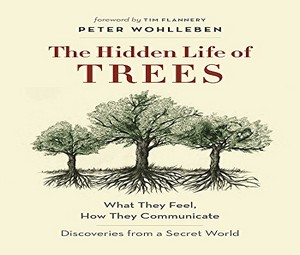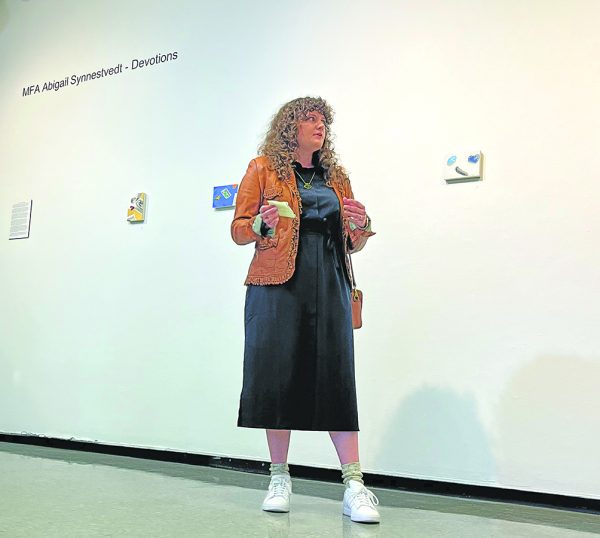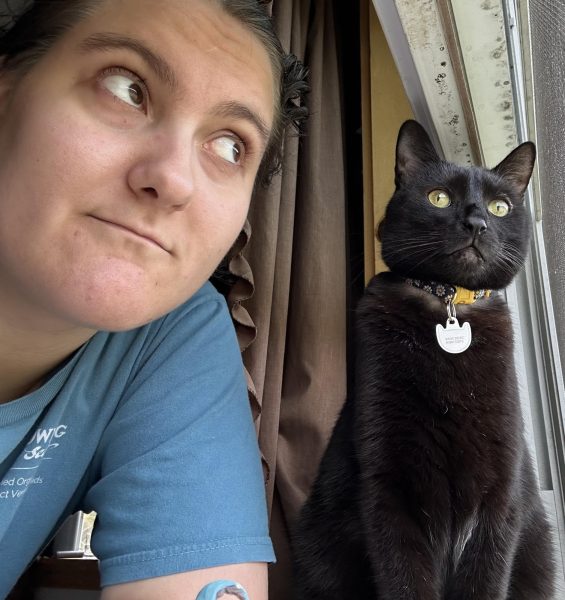New book explores secrets of trees
When I browsed the new book section in Willey Library for a book to read and review, “The Hidden Life of Trees: What They Feel, How They Communicate” by Peter Wohlleben caught my eye. The cover popped out at me, with its cream-colored paper, colonial red letters, and images of trees and their greenery. The weight of it felt right in my hand. And I liked trees, so we seemed to make a good match.
Not long into it, I knew I held a gem of a book. Originally written in German, the book is translated by Jane Billinghurst; I mention her name because she does an excellent job keeping the language tender and compelling.
That’s right. “The Hidden Life of Trees” is a tender and compelling book. The author, an experienced, wise forester in Germany, walks us through the woods to show us the science and spirit of trees. And he’s very effective. When I left my house this morning, I looked at our huge backyard oak and thought: That bluish green lichen — it looks dead, but it will plump up and rejuvenate when the spring rains wash moisture and nutrients down from the crown. And the lichen isn’t hurting the tree at all, not like that bracket fungus on the birch.
Just by reading this book, I know more about trees than I ever did. I can now look at a tree and narrate at least part of its story. Here’s a sample of the language the author uses:
“The average tree grows its branches out until it encounters the branch tips of a neighboring tree of the same height. It doesn’t grow any wider because the air and better light in this space are already taken. However, it heavily reinforces the branches it has extended, so you get the impression that there’s quite a shoving match going on up there. But a pair of true friends is careful right from the outset not to grow overly thick branches in each other’s direction. The trees don’t want to take anything away from each other, and so they develop sturdy branches only at the outer edges of their crowns, that is to say, only in the direction of ‘non-friends.’ Such partners are often so tightly connected at the roots that sometimes they even die together” (Wohlleben, p. 5).
Science and spirit. Wohlleben weaves the status of the world’s forests (climate change, forest management, extinction, etc.) with the personal stories of the trees he watches over — their day-to-day struggles for nutrition and against adversaries, and their hard fought common goal of reaching old age. He presents to us hard science while showing us that trees are not the objects we so often think of, but living, sentient beings.
Foolish, you think? A bunch of bunk? Not to me, and hopefully not to any reader who picks up this lovely book. I’ve returned our library copy to its place in the New Books section, so it’s ready for the next reader. Please, don’t let this gem sit idle.













